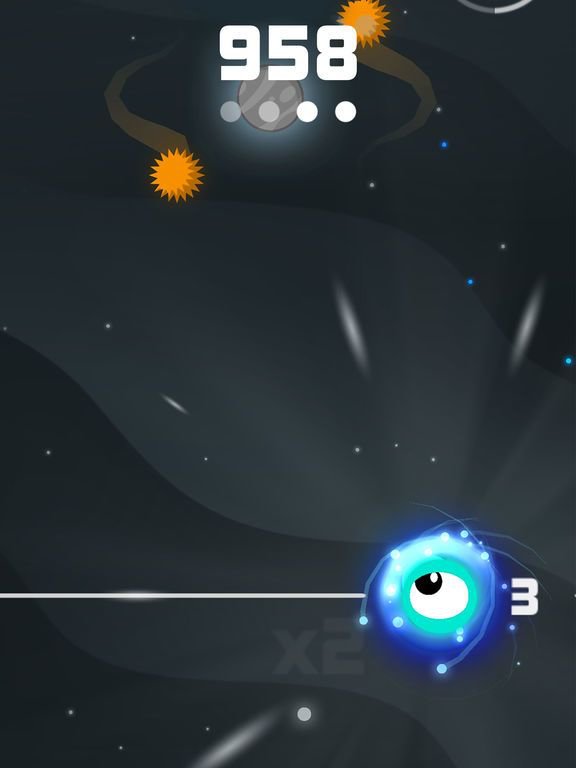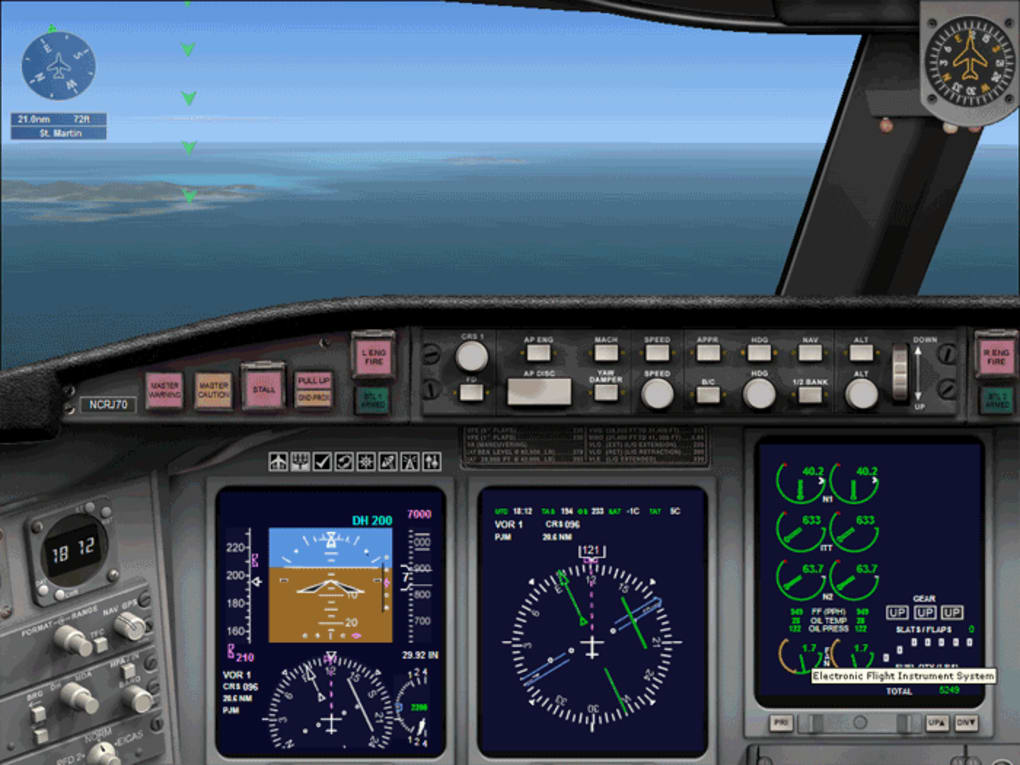
A prototype auxiliary display device was demonstrated by Intel at the Intel Developer Forum conference in fall of 2004. Auxiliary display support was included among other mobile features scheduled for the operating system, including Windows Mobility Center, speech recognition, and Windows HotStart, and was listed as part of Microsoft's mobile PC strategy. An auxiliary display feature was later presented by Microsoft during the WinHEC 2004 where it was scheduled to be included in Windows Vista, then known by its codename, "Longhorn." It was intended for tablet PCs and other mobile devices to provide users with up-to-date information at a glance and to increase the value of the Windows operating system in new mobile scenarios. With the release of Windows 8.1 in 2013, SideShow was discontinued.Īuxiliary displays were listed by Microsoft among other forms of information indicators for personal computers during the Windows Hardware Engineering Conference of 2003. SideShow was supported with the release of Windows 7 in 2009. Microsoft introduced SideShow support for Windows CE, Windows Mobile 5.0, and Windows Mobile 6.0 in 2008 and released modules for applications such as Microsoft Office 2003, Microsoft PowerPoint, Windows Media Center, and Windows Sidebar. Microsoft Office supported SideShow with the release of Microsoft Office 2007.

SideShow was included with the release of Windows Vista in 2006, which included modules for Windows Mail and Windows Media Player, and would ultimately encompass other aspects of the Windows platform and Microsoft ecosystem. Microsoft planned to include a Control Panel applet and configurable battery, calendar, email, wireless network, and Windows Media Player modules for SideShow. Preliminary documentation from Microsoft focused on using it to provide online information in an internal display of a mobile device such as a laptop while supporting desktop computer scenarios information could also be cached for later use when offline or when in sleep mode. SideShow was unveiled in 2003 as a feature of Windows Vista ("Longhorn") to provide peripheral awareness of information.

SideShow was intended to enhance the Windows experience by enabling new mobility scenarios for the Windows platform and by providing power saving benefits as part of Microsoft's broader efforts regarding a mobile initiative.

Windows SideShow (codenamed Auxiliary Display) was a feature by Microsoft introduced in Windows Vista to supply information such as e-mail, instant messages, and RSS feeds from a personal computer to a local or remote peripheral device or display. org /web /20070203010745 /http: ///windows /products /windowsvista /features /details /sideshow.


 0 kommentar(er)
0 kommentar(er)
